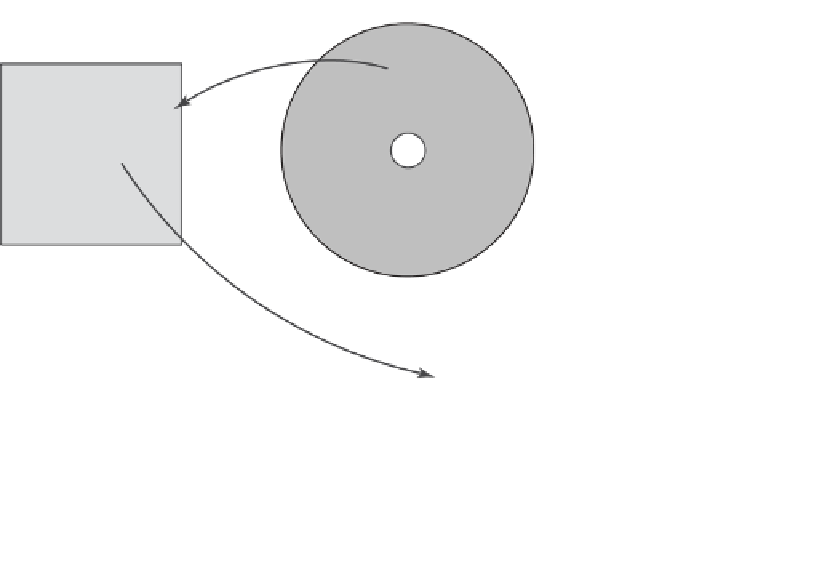Information Technology Reference
In-Depth Information
3
CPU
2
Address
book
Virus
1
Attachment
Email
Internet
File system
4
Virus
Attachment
Email
FIGURE 7.3
How an email virus spreads. A computer user reads an email with an attachment
(1). The user opens the attachment, which contains a virus (2). The virus reads the user's
email address book (3). The virus sends emails with virus-containing attachments (4).
84 percent of them said that their computer was running antivirus software [22]. That
means they were not keeping their virus protection current.
To make matters worse, criminals have found a way to profit from people's con-
cern about viruses and their eagerness to install antivirus software when they believe
their systems are infected. In July 2011, more than two million PCs were infected with
a fake antivirus application that actually routed traffic destined for Google through in-
termediate servers controlled by the attacker. The purpose of the malware appeared to
be to generate “click-through” income for the hackers by directing people to Web sites
containing fake security programs [23].
A
worm
is a self-contained program that spreads through a computer network by ex-
ploiting security holes in the computers connected to the network (Figure 7.4). The
technical term “worm” comes from
The Shockwave Rider
, a 1975 science fiction novel
written by John Brunner [24].
The most famous worm of all time was also the first one to get the attention of
the mainstream media, which is why it is popularly known as the Internet worm, even
though many other worms have been created that propagate through the Internet. The
primary source for this narrative is the excellent biography of Robert Morris in
Cyber-




